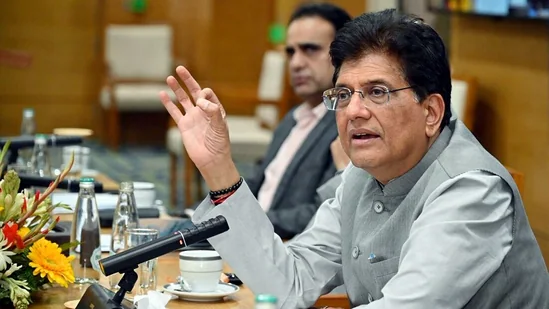India’s Metro Network: A Leap Towards Sustainable Urban Mobility
- MGMMTeam

- Aug 23
- 3 min read
India has achieved a significant milestone in urban transportation by becoming the world’s third-largest metro network, following China and the United States. This achievement underscores the nation's commitment to enhancing urban mobility, reducing traffic congestion, and promoting sustainable development. The recent inauguration of several metro projects in Kolkata by Prime Minister Narendra Modi highlights this progress and sets the stage for further expansion across the country.

India’s Metro Network Expansion
As of August 2025, India boasts a metro network spanning over 1,000 kilometers across 23 cities in 11 states. This expansion is a testament to the country's dedication to improving public transportation and urban infrastructure. The government's proactive approach has led to the development of metro systems in various cities, including Tier 2 and Tier 3 regions, thereby enhancing connectivity and accessibility for millions of citizens.
Kolkata's Metro Milestone
Kolkata, one of India's major metropolitan cities, has recently seen significant developments in its metro infrastructure. On August 22, 2025, Prime Minister Narendra Modi inaugurated multiple metro projects in the city, marking a pivotal moment in its urban development. The newly launched metro stretches include:
Esplanade–Sealdah (Green Line): This 2.6 km extension completes the 16.6 km East-West Metro corridor, providing a seamless connection from Sector V to Howrah Maidan under the Hooghly River in just 32 minutes.
Noapara–Jai Hind Bimanbandar (Yellow Line): A 7 km stretch connecting Noapara to Jai Hind (Airport) station, marking Kolkata Metro's first airport link.
Ruby–Beleghata (Orange Line): Phase II of the Orange Line, extending 4.4 km from Ruby to Beleghata, with an additional 4 km segment from Beleghata to Sector V awaiting police clearance.
These developments have expanded Kolkata's metro network to 74 kilometers, with plans to extend it to over 130 kilometers by 2027 .
Impact on Commuters and Urban Life
The recent metro expansions have significantly improved daily commuting for Kolkata's residents. The completion of the East-West Metro corridor has reduced travel time between Esplanade and Sealdah from nearly 40 minutes to just 11 minutes, offering a faster and more efficient mode of transportation.
Commuters have expressed satisfaction with the new services, noting the convenience and reliability they bring. The integration of these metro lines into the city's public transport system has alleviated traffic congestion, reduced pollution, and enhanced the overall quality of urban life.
Future Prospects and Government Initiatives
The Indian government's commitment to expanding metro networks is evident in its ambitious plans for the future. With the aim of doubling the current metro network to over 2,000 kilometers in the next seven years, the government is investing in the development of new metro corridors and the extension of existing ones. This expansion will not only improve urban mobility but also contribute to economic growth by creating jobs and stimulating local economies.
Additionally, the focus on green mobility solutions, such as electric buses and charging infrastructure, aligns with India's broader environmental goals. By promoting sustainable transportation options, the government aims to reduce carbon emissions and combat climate change.
Conclusion
India's achievement of having the world's third-largest metro network is a significant step towards modernizing urban transportation and fostering sustainable development. The recent developments in Kolkata serve as a model for other cities, demonstrating the benefits of investing in efficient and eco-friendly public transport systems. As the country continues to expand its metro networks, it moves closer to realizing its vision of a connected, sustainable, and prosperous urban future.
(Sources: Hindustan Times, PIB, DD News)




Comments